That said, cultivating these skills and navigating the ever-changing workplace can be a challenge without clear goals and proper guidance. This can quickly turn into an obstacle to your professional growth.
If you need advice on how to move your career forward, but don’t know how to go about it, consider the American Chamber of Commerce in Sweden’s (AmCham) mentoring program.
The program is dedicated to building a community of like-minded professionals by matching experienced mentors and ambitious mentees. It’s eight months long and comprises one workshop every month, meet and greets and one-on-one sessions to help you move your career forward.
''I wanted new perspectives, to expand my network, time to reflect, and a mentor that could help me to accelerate my development. The program fulfilled all of the above!'' says Carl Johan Renvall who works at investment firm Triton Partners.
Find out more about AmCham’s mentoring program
Who is it for?
If you are a professional with at least three years of experience looking to challenge yourself, learn new skills and take more initiative, this program is for you. You will get guidance on how to grow professionally, convert your goals into tangible actions and be mentored by professionals with over seventeen years’ experience, keen to share their wealth of expertise and challenge your perspective.
“The program has really been a start of a new way of thinking for me, a new area of interest and given me new perspectives and new goals to strive for,” says Catharina Steffensson, who is now working as Associate Director, Medical Director Nordics at Sarepta Therapeutics.
What you will practice
AmCham’s mentoring program will provide you with must-have skills and practices essential to move your career forward. After eight months, you will have built a professional network and gained confidence about your performance at work.
With inspiring lectures and workshops led by experienced executives, you will practice techniques to build your confidence and personal brand, learn how to collaborate with others and understand how to network so that you’re remembered by the right people.
By joining the program, you will create meaningful relationships and build a long-lasting community to support you along the way. And you might meet new friends too!
Are you ready to move your career forward with AmCham’s mentoring program? Click here to sign up and take the first step towards increasing your professional and personal performance. Last day for applications is October 19th.

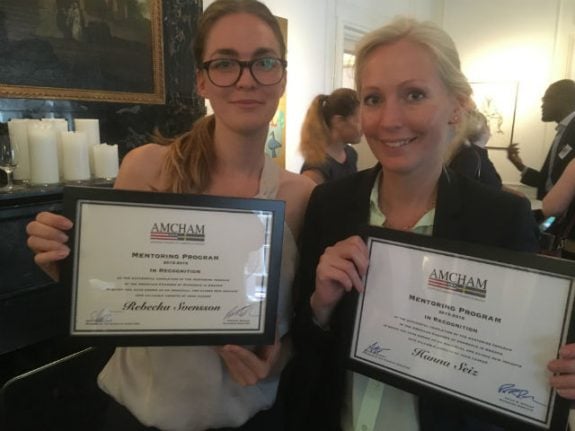
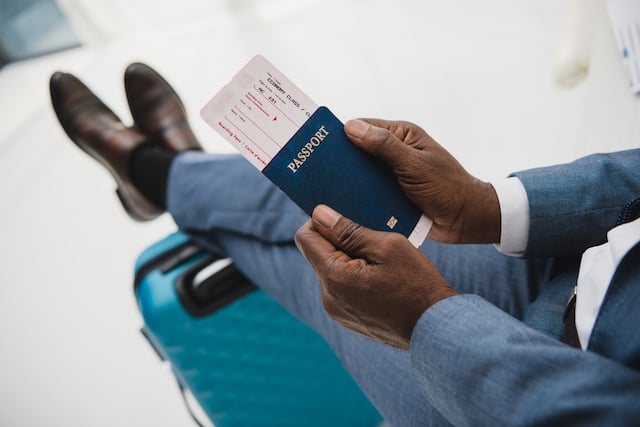
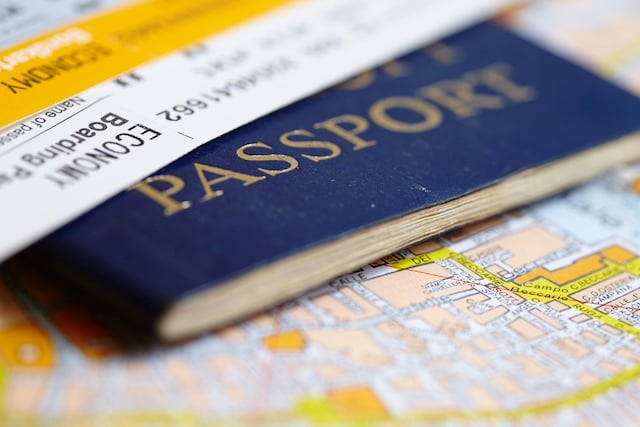
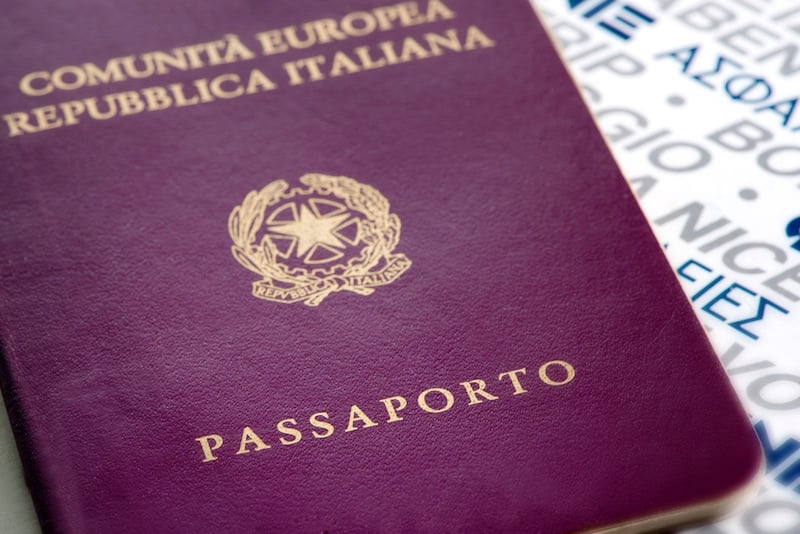
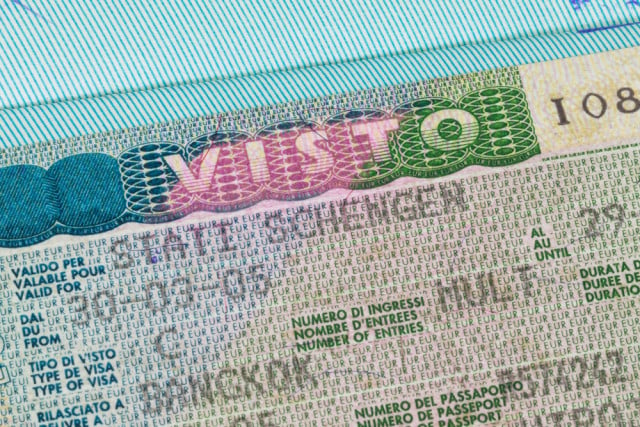
 Please whitelist us to continue reading.
Please whitelist us to continue reading.